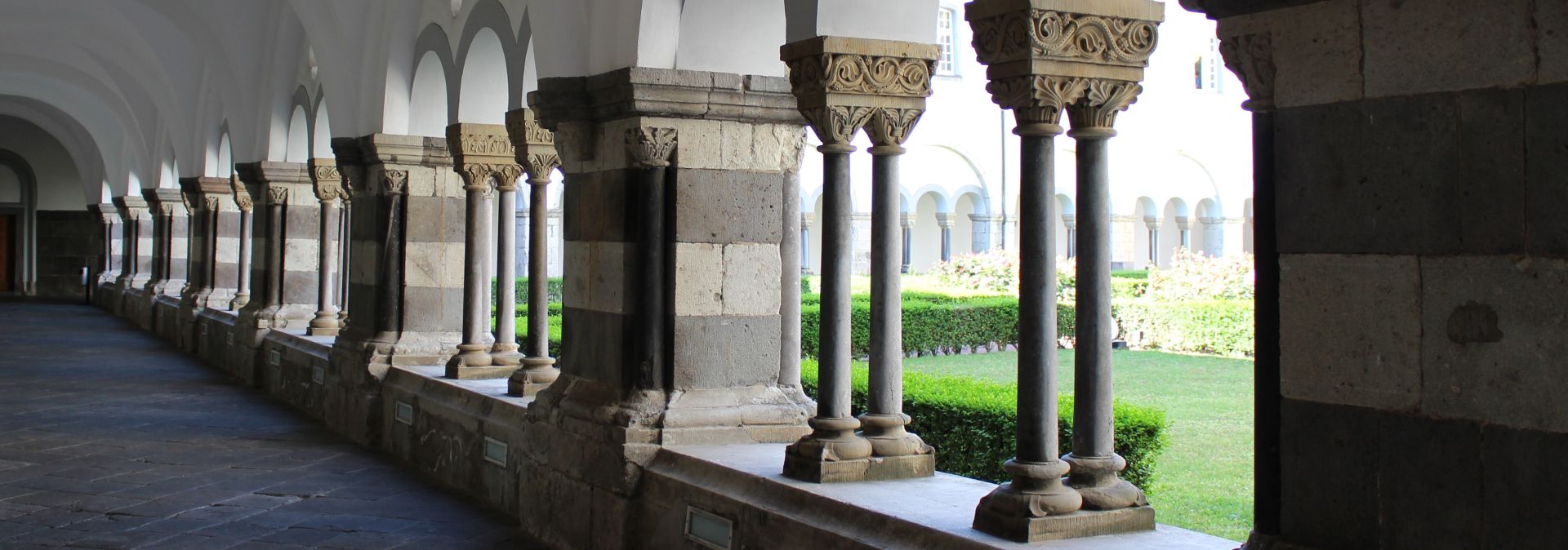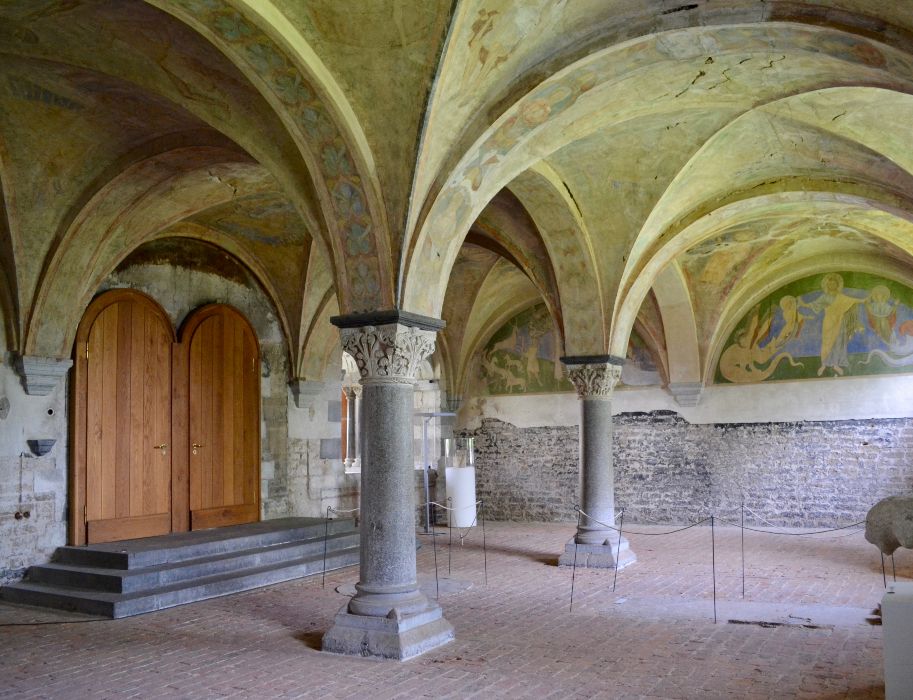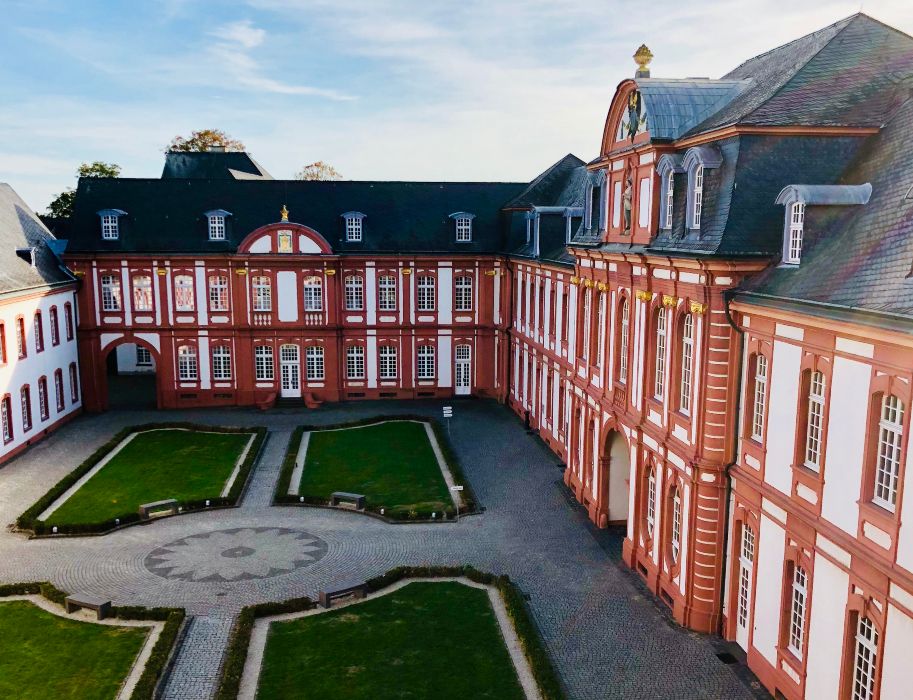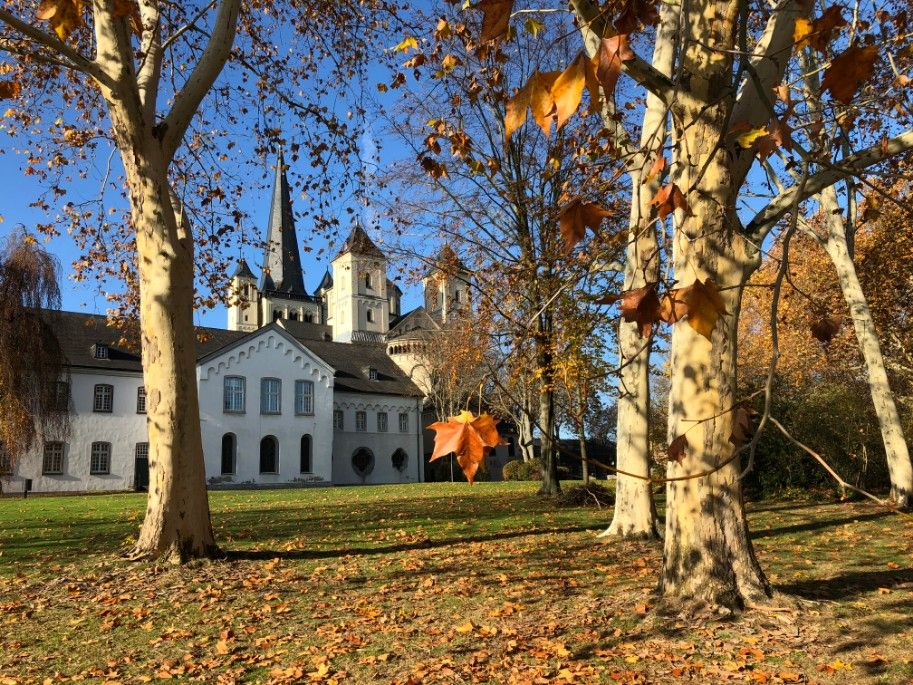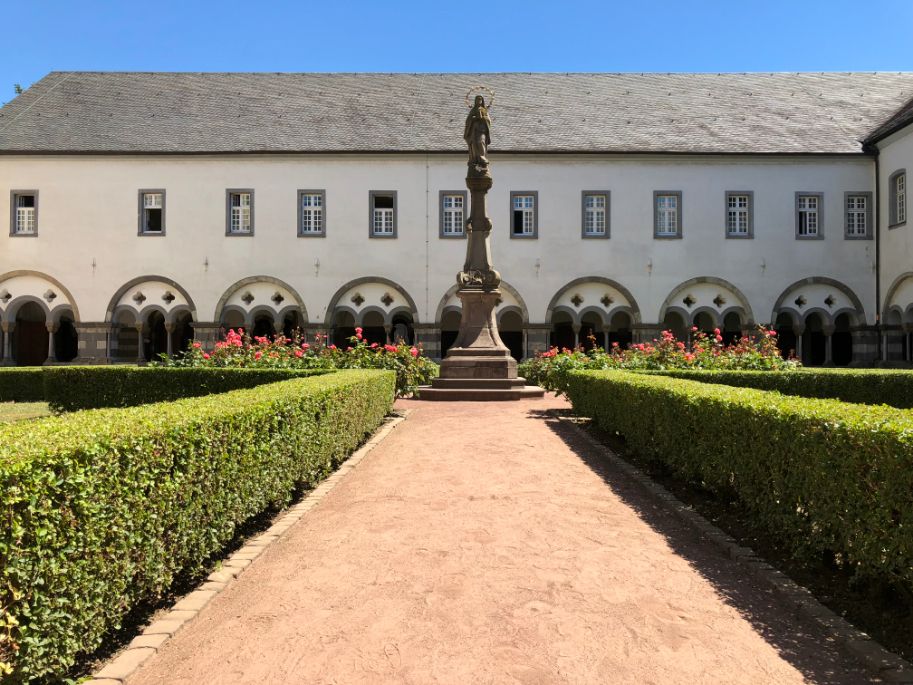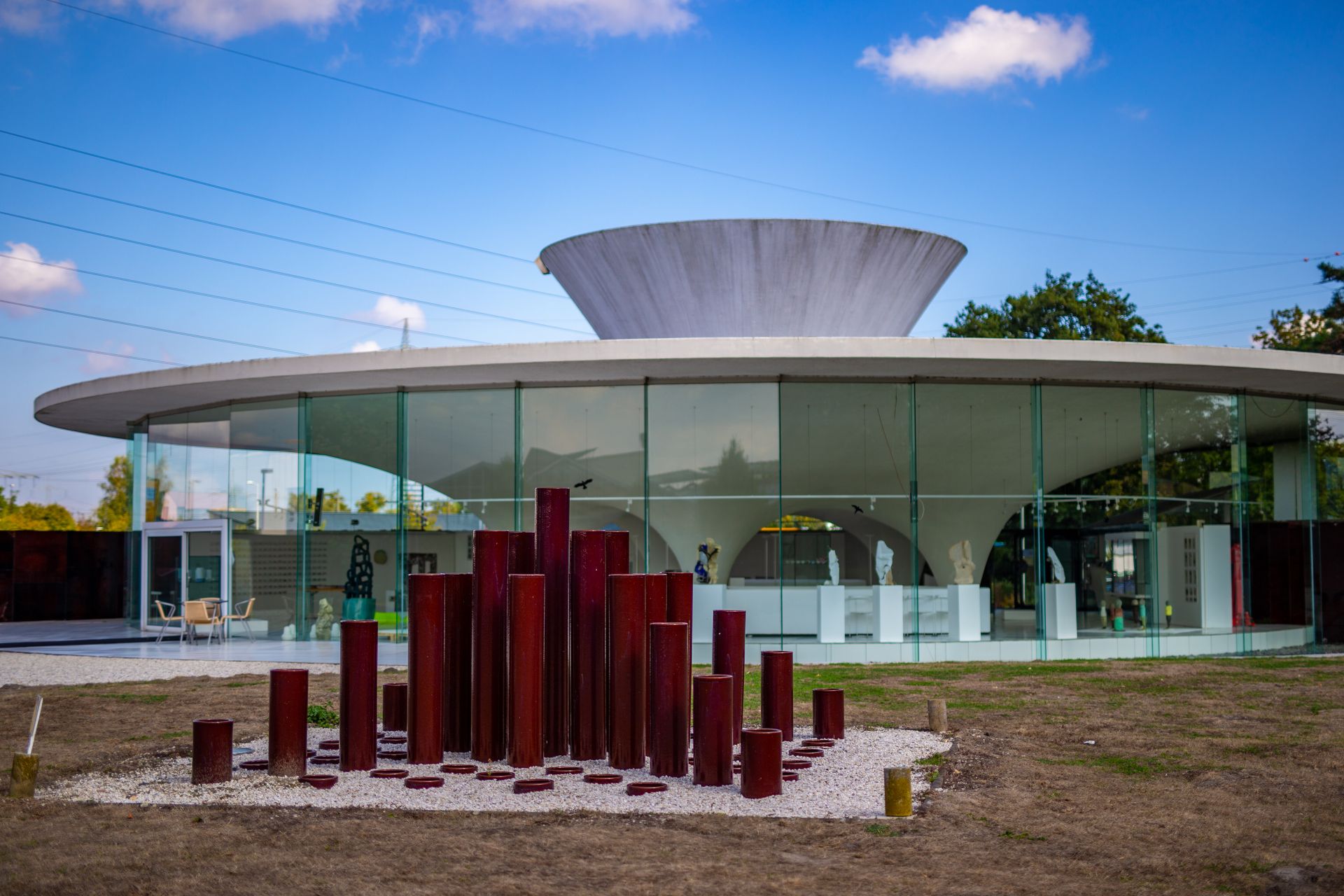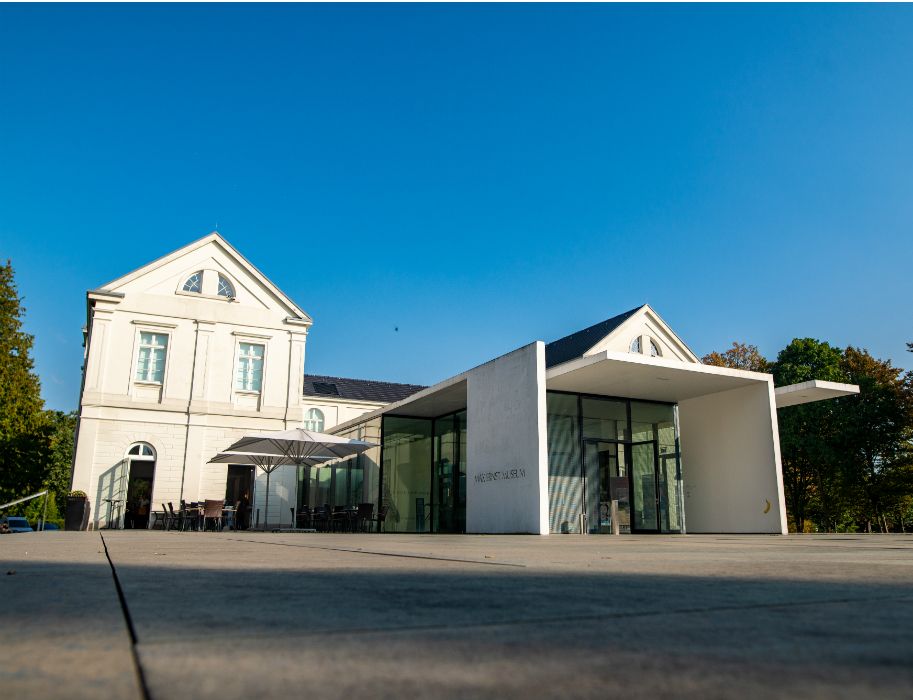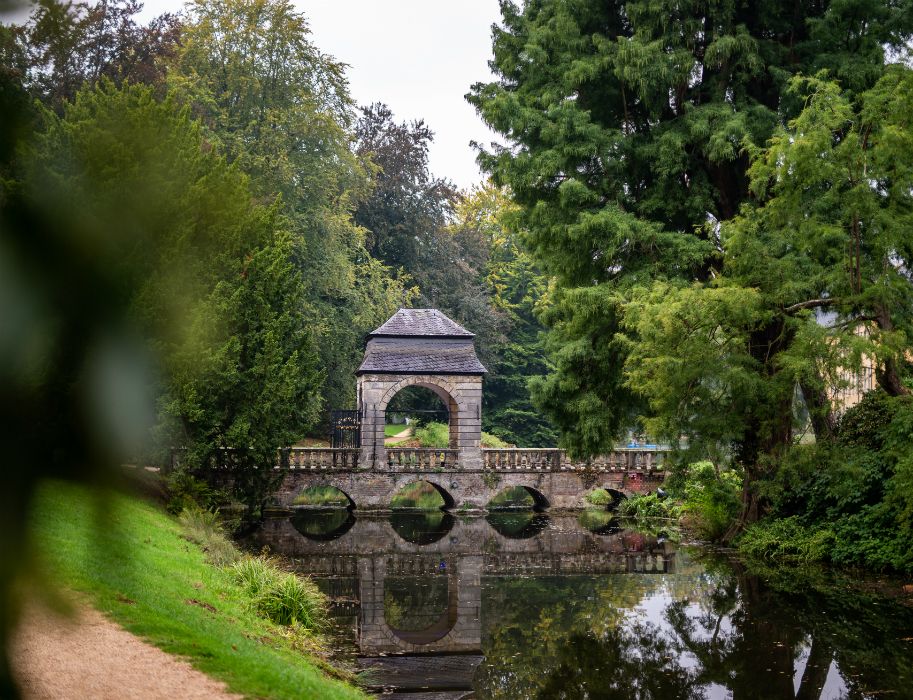The former Benedictine monastery has been a place of prayer, a beggars' depot, a workers' camp and a prison. Today it is an anchor point of cultural life. Readings, concerts, exhibitions and performances take place on the grounds all year round. The former abbey church is particularly worth a visit.
At Brauweiler Abbey, visitors can trace the eventful history of a Benedictine monastery that transformed itself into a cultural center over the centuries: where monks once practiced their faith between 1028 and 1802, beggars produced cloth in exchange for payment between 1810 and 1815. Where monks once said prayers aloud, criminals and those labeled "mentally ill" produced goods such as clothing, furniture and building materials in a work camp from 1815. Until 1933, the aim was to reintegrate the inmates into society. The National Socialists then took control of the institution and even set up a concentration camp in the consecrated place for a year.
Combination of different architectural styles
Today, the cultural-historical background can still be felt in many places, although visitors are particularly struck by the pompous architecture and the combination of different architectural styles. On a tour of the grounds, the eye wanders over beautiful stucco work in the Baroque style, pointed and arched windows made of stained glass and finely crafted murals in the interior.
Guided tours are not the only way to explore the Romanesque abbey, the cloister, the imperial hall, the farmyard, the memorial or the adjoining park behind the main complex. Music, art and literary events are on the institution's calendar throughout the year. Most concerts take place in the parish church of St. Nicholas, with its painted images of saints and the large church organ, it is a good starting point for a visit to Brauweiler.
If you like, you can find out more about the monastery while strolling around: The archives of the Rhineland Regional Association (LVR) and other cultural services have been housed here since the 1980s. The reform abbot Poppo von Stablo-Malmedy would probably never have dreamed of this when he began building the abbey in 1024, carrying out the order of the Archbishop of Cologne.
